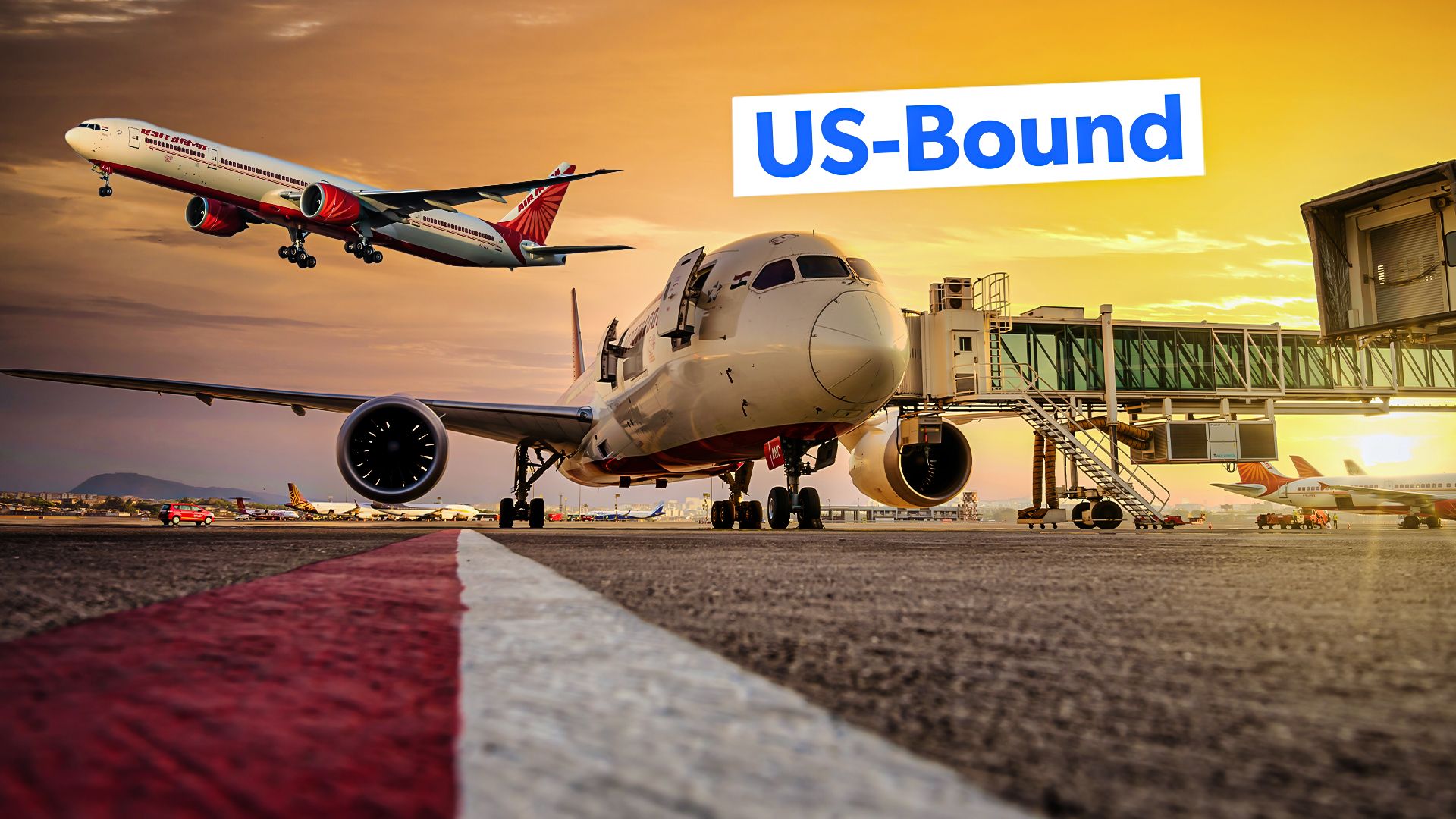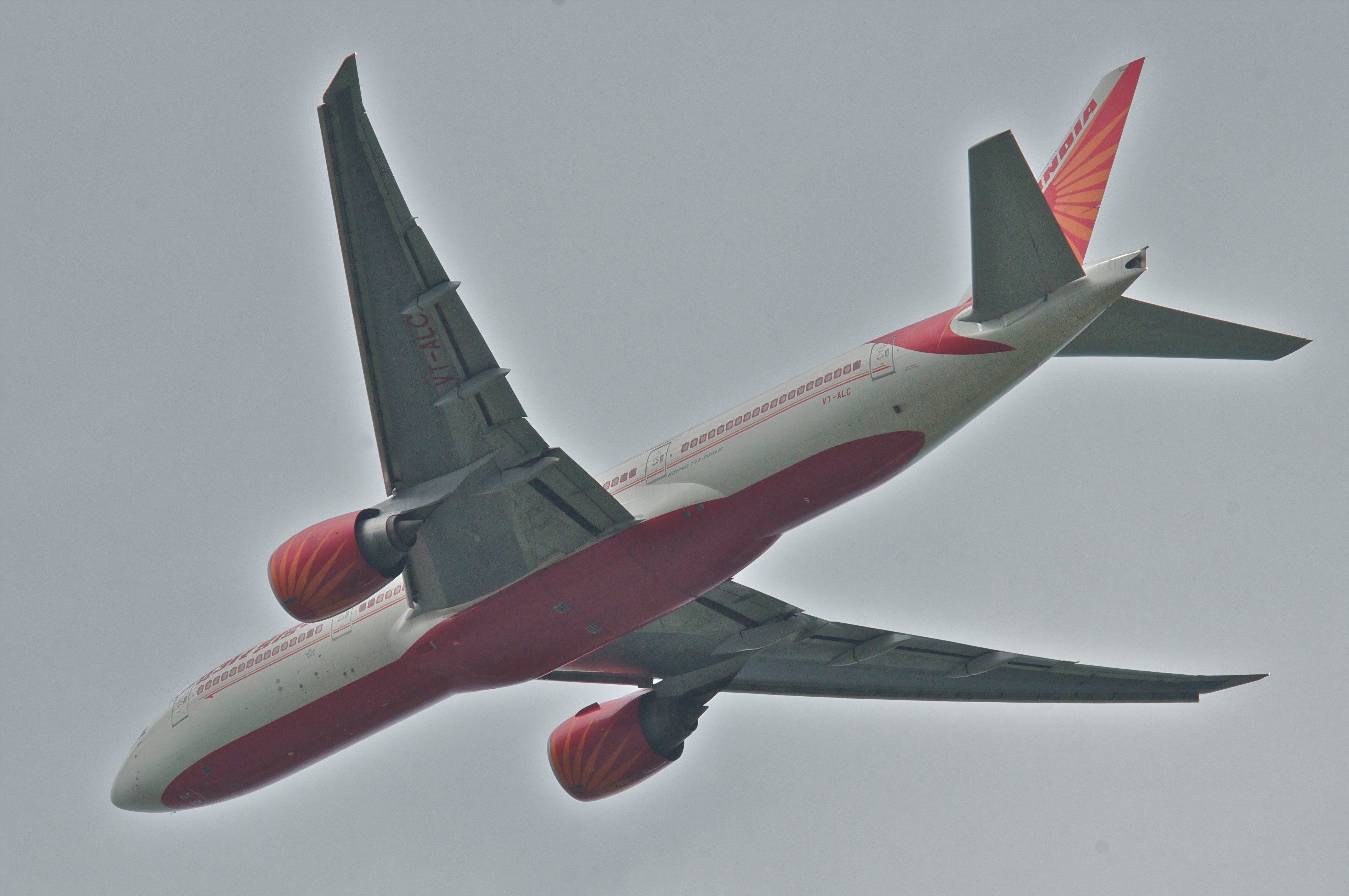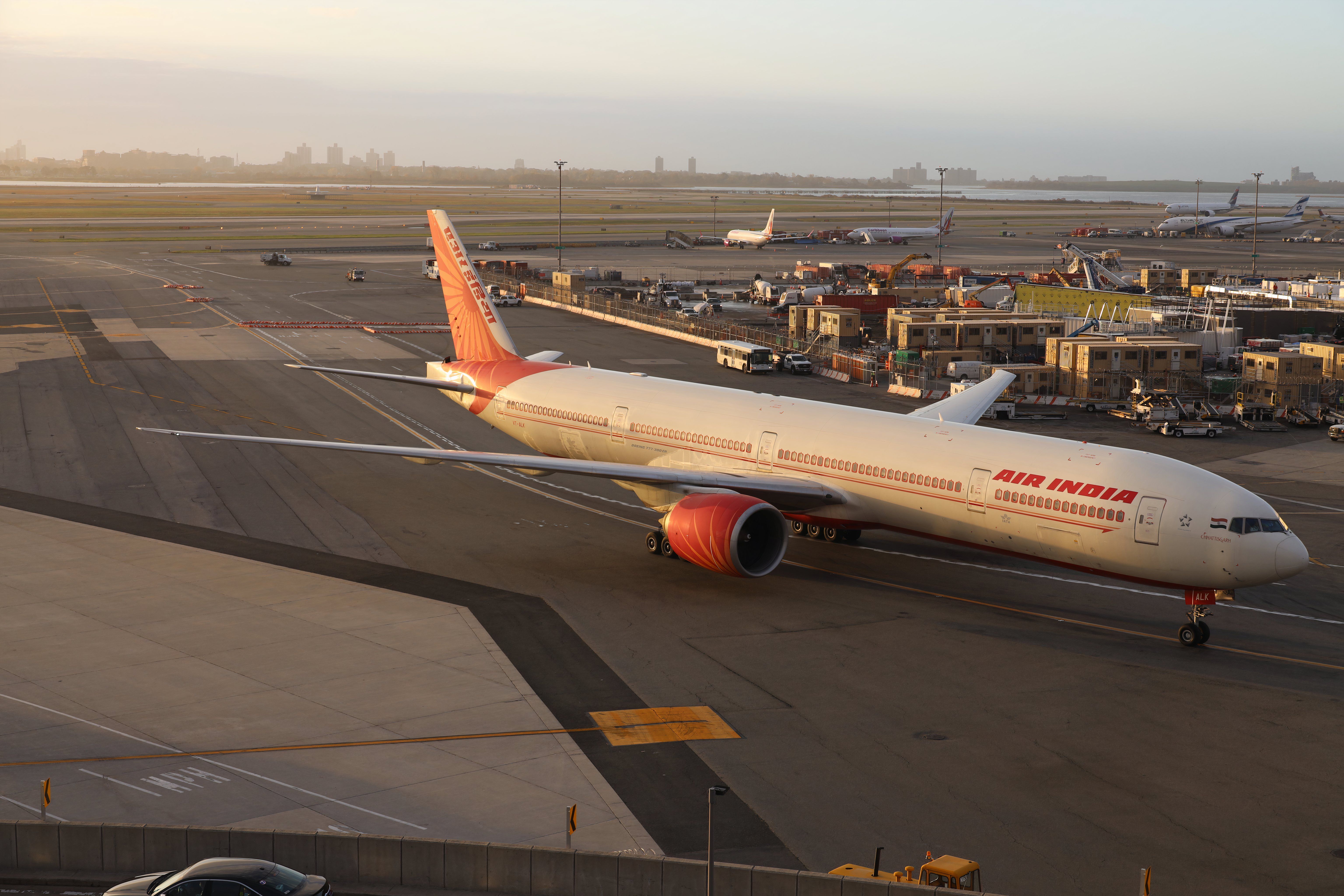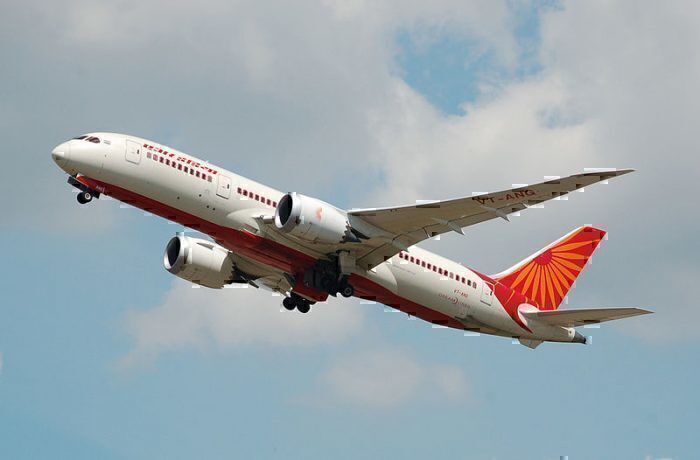Summary
- Air India flies to major US cities with a mix of Boeing aircraft for transpacific routes.
- ETOPS history reveals the evolution of twin-engine planes for long-haul flights over water.
- The Boeing 777, 777-300ER, and 787 Dreamliner are primarily used by Air India for US flights.
With a rich history dating back to 1932, Air India is the national flag carrier of India and the country’s second-largest airline by passengers carried after low-cost airline IndiGo. The airline has its central hub at Indira Gandhi International Airport (DEL) in Delhi and its secondary hub at Chhatrapati Shivaji Maharaj International Airport (BOM) in Mumbai.
Using the information provided by the aviation data and analytics website Cirium, we will examine what destinations Air India flies to in the United States. We will also investigate what aircraft Air India uses on its non-stop India to United States flights. According to Cirium, for August 2024, Air India will offer direct non-stop flights between India and the following American airports:
- O’Hare International Airport (ORD)
- Newark Liberty International Airport (EWR)
- John F. Kennedy International Airport (JFK)
- San Francisco International Airport (SFO)
- Washington Dulles International Airport (IAD)
According to the Indian English-language business-focused daily newspaper. The Economic Times for its winter 2024/2025 schedule, Air India will add three more destinations in the United States, which are:
- Los Angeles International Airport (LAX)
- Seattle–Tacoma International Airport (SEA)
- Dallas Fort Worth International Airport
Air India joined the Star Alliance on July 11, 2014, which means passengers flying Air India to the United States can connect to other destinations with United Airlines.
Image: GC Maps
What aircraft does Air India use for its flights to the United States?
In the early 1970s, three aircraft dominated long-haul widebody flights: the Boeing 747, McDonnell Douglas DC-10, and the Lockheed L-1011 TriStar. At the time, ETOPS rules dictated that planes with two engines, like the Boeing 757 and the Airbus A300, could only fly routes 60 minutes away from an airport where the plane could land safely.
Because of this, twin-engine planes could not be used on lucrative transatlantic routes. In 1976, ETOPS was extended to 90 minutes for twin-engine aircraft, which allowed for longer over-water flights.
Knowing that airlines were interested in more fuel-efficient twin-engined aircraft, in 1980 Boeing’s director of engineering Dick Taylor approached FAA director J. Lynn Helms about the possibility of giving twin-engine planes a further ETOPS rating. According to ETOPS regulations published on Wikipedia, Helms replied to the request by saying:
“It’ll be a cold day in hell before I let twins fly long-haul, overwater routes.”
Despite Helms objecting to an increase in ETOPS by 1985, aircraft engines were so reliable that the Federal Aviation Administration (FAA) increased ETOPS for twin-engine planes to 120 minutes. On February 1, 1985, a Trans World Airlines (TWA) Boeing 767-200 became the first twin-engine airliner to cross the Atlantic Ocean, flying between Boston Logan Airport (BOS) and Paris Charles de Gaulle Airport (CDG) in France.
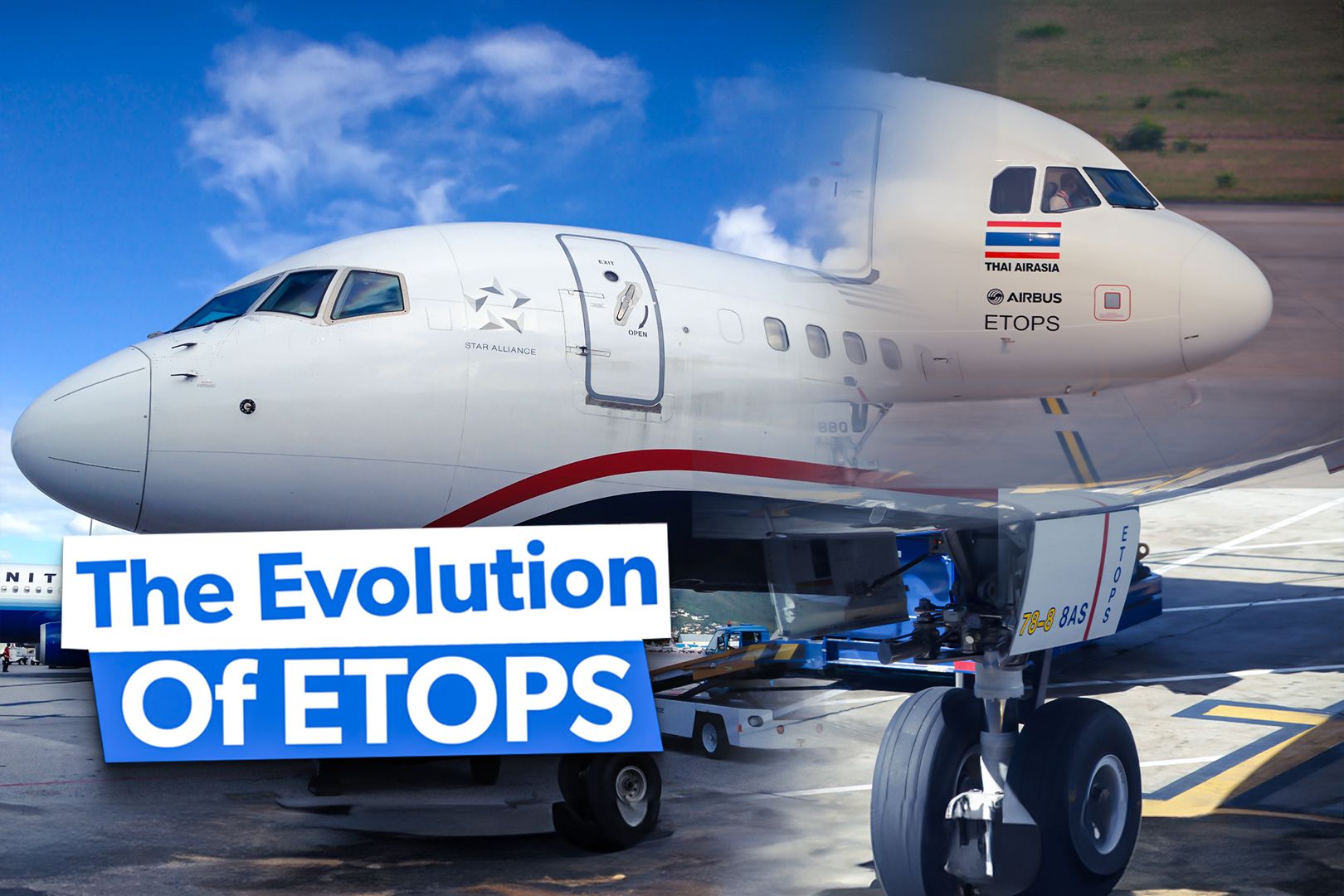
Related
What Is ETOPS & How Has It Evolved?
Humorously known as “engines turn or passengers swim”, ETOPS has changed aviation regulations along the way.
Today, it is pretty common to see twin-engine jets like the Airbus A330, A350, and the Boeing 777 and 787 flying transatlantic routes.
Boeing 777-200LR
The Boeing 777 made its maiden flight on June 12, 1994, before entering service with United Airlines on May 15, 1995. After being developed further for ultra-long-haul flights, the Boeing 777-200LR entered service with Pakistan International Airlines (PIA) on February 27, 2000. Air India had to wait seven years before receiving its first Boeing 777-200LR on July 26, 2007. The aircraft was named after the Indian southern coastal state of Andhra Pradesh.
Today, Air India uses its Boeing 777-200LRs to fly between India and the following cities in the United States:
- Chhatrapati Shivaji Maharaj International Airport, Mumbai (BOM) and San Francisco International Airport (SFO)
- Indira Gandhi International Airport (DEL) and San Francisco International Airport (SFO).
- Indira Gandhi International Airport (DEL) and Newark Liberty International Airport (EWR).
- Kempegowda International Airport Bengaluru (BLR) and San Francisco International Airport (SFO).
Boeing 777-300ER
With a higher maximum takeoff weight and an increased fuel capacity, the extended-range Boeing 777-300ER could fly 8,480 miles with 396 passengers in a two-class seating configuration. The first Boeing 777-300ER entered service with Air France on April 29, 2004. Meanwhile, Air India received its first Boeing 777-300ER on October 9, 2007. The aircraft was named after Nepal, bordering the state of Bihar.
Today, Air India uses its Boeing 777-300ERs to fly between India and the following cities in the United States:
- Chhatrapati Shivaji Maharaj International Airport, Mumbai (BOM) and Newark Liberty International Airport (EWR).
- Chhatrapati Shivaji Maharaj International Airport, Mumbai (BOM), and John F. Kennedy International Airport (JFK).
- Indira Gandhi International Airport (DEL) and Newark Liberty International Airport (EWR).
- Indira Gandhi International Airport (DEL) and John F. Kennedy International Airport (JFK).
- Indira Gandhi International Airport (DEL) and O’Hare International Airport (ORD).
Boeing 787 Dreamliner
After dropping the idea of building the Sonic Cruiser in 2003, Boeing started looking at how it could make its aircraft more efficient. With emphasis placed on a smaller midsize widebody rather than a new 747, Boeing looked to build a plane that could be used on point-to-point routes rather than the traditional hub-and-spoke operations. By creating the plane with composites and fitting it with new fuel-efficient engines, Boeing calculated that the 787 would be 20% more fuel-efficient than the Boeing 767.
Japan’s All Nippon Airways (ANA) took delivery of the first Boeing 787 on September 25, 2011. Just over a year later, on October 5, 2012, Air India took delivery of the first Boeing 787 to be built in Charlestown, South Carolina.
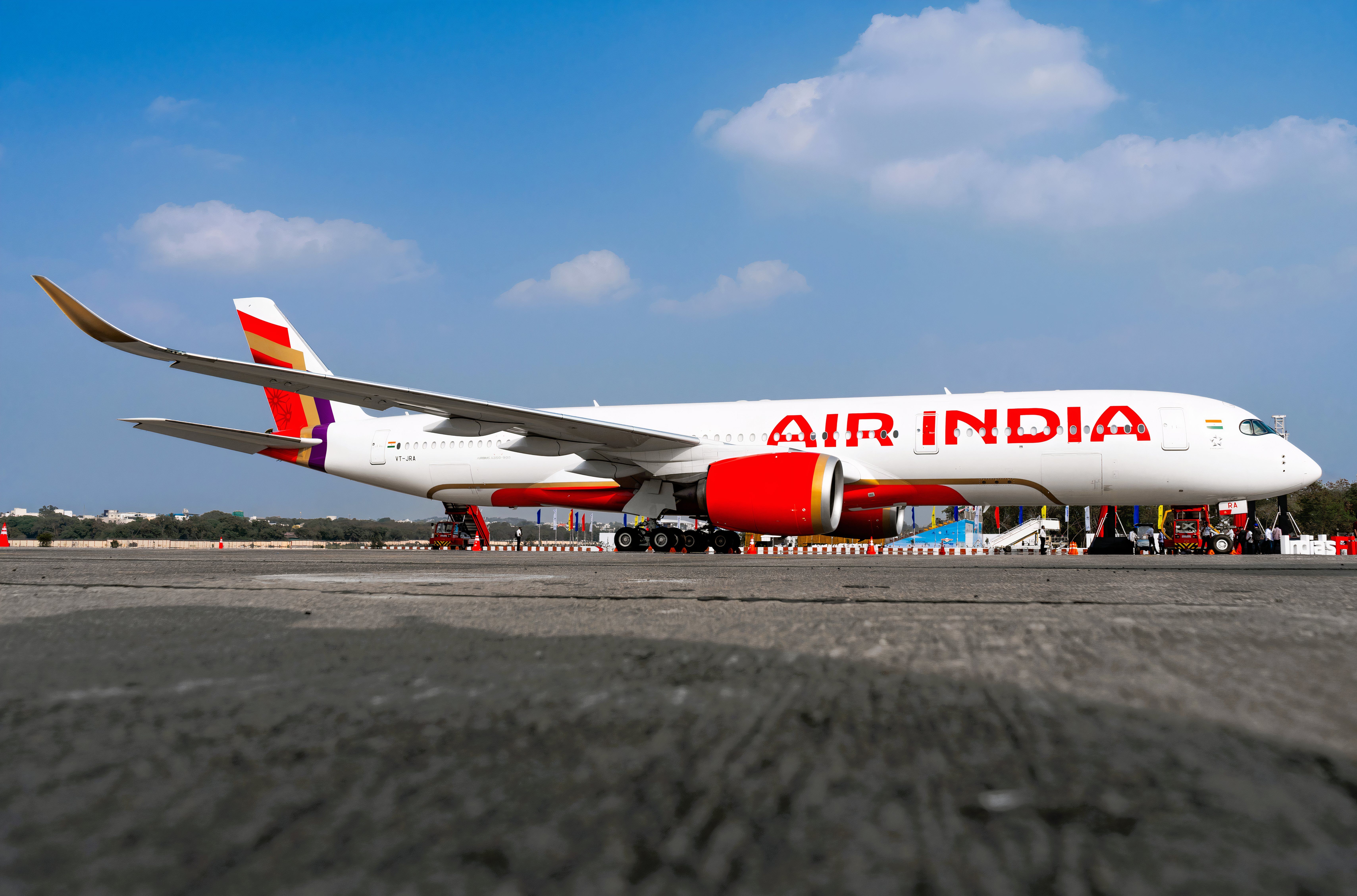
Related
Air India To Reportedly Add New US Destinations After Almost A Decade
There is a massive demand from several US cities that do not have nonstop India flights.
Today, Air India uses its Boeing 787s to fly between India and the following cities in the United States:
- Indira Gandhi International Airport (DEL) and Washington Dulles International Airport (IAD).

